Proof: Why You Need a Good Gun Belt
Having issues with printing or your holster not staying upright against the body? Even the best holster can fall short of your concealment expectations- when paired with an incompetent belt.
Some common issues that occur due to a bad belt:
1. You have a fantastic holster from a reputable company that comes highly recommended by many reliable sources... yet you find the holster tilting outwards away from the body.
2. The holster seems well designed with your claw (or wing) attachment perfectly aligning with your belt clip (as it should) yet your claw (or wing) keeps slipping below or above the belt and poking out -OR- The holster clip keeps slipping off the belt when you go to draw.
3. You have to keep your belt very tight, resulting in discomfort and diminished ability to get a good grip on the gun.
4. The holsters moves around a lot, either sliding on the belt or rotating freely.
5. Your very small firearm prints badly.
If you can say yes to any of the above statements... you need a better belt.
Issue #1 Illustrated: Holstered gun tilting away from the body
The above picture illustrates the difference between a great gun belt and a terrible one. The first is a Dual Layer Bullhide Gunbelt from The Belt Man. The second isn't even worth mentioning, it's a single layer of what used to be .25" thick leather. After a year it's a sloppy mess that seems to melt when you hold it.
As you can see in the first picture, the gun is kept tight to the body with the slide as straight as can be. This is one of the best illustrations you'll see, proving that a great belt really makes all the difference.
You can easily go from an outward leaning holster to an upright concealable rig, just by changing your belt- assuming you don't have a belly. If you've got a belly, you can't really complain if the slide isn't at a 90° angle- that would take sorcery to obtain. Please don't be offended, I only ask that we keep our expectations real.
The picture on the right illustrates what many concealed carriers actually experience, without even realizing it. If you've got the right build and carry a very small pistol, you may not even notice this happening. That's perfectly okay if it doesn't bother you. However, some experience this and blame the holster, when really it's caused by a floppy belt that cannot support the weight of a loaded firearm.
Issue #2 & #3 Illustrated: Claw or Wing slips below or above belt
It may be hard to tell due to the color of the shorts, but the claw attachment slipped under the belt in the picture on the right. It's barely touching the belt, and with any movement it would fully slip under creating an awkward bulge just beneath it.
The claw is designed to work with a stiff belt; it pushes against the belt which then pulls the grip into the body. Without using the stiffness of a good gunbelt, the claw won't work as well and your gun may end up printing around the grip area.
Also note the slide area in the above pictures. The picture on the left shows the good gun belt pulling the slide in, whereas the flimsy belt allows the slide to push forward. The bulge of the buckles also adds to the protrusion and it causes more awareness in that area.
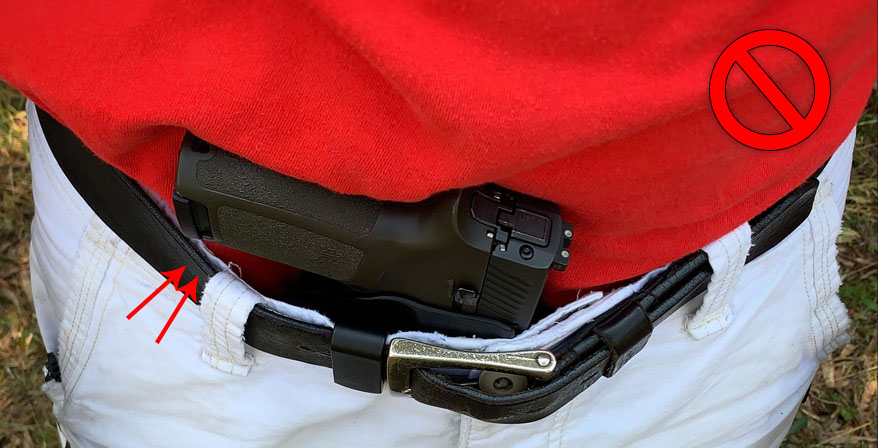
If you look more closely at the above picture, you'll also see that the bad belt has to be pulled tight to ensure that the gun can't tilt too far forward. This causes discomfort, but also begins to impede the ability to get a good grip on the gun.
Note the lack of space between the belt and the grip. This is caused by the tightness of the belt and by the claw slipping below the belt.
If you take a look at the picture below, you can see what a better gun belt would do with the exact same gun and clothing.
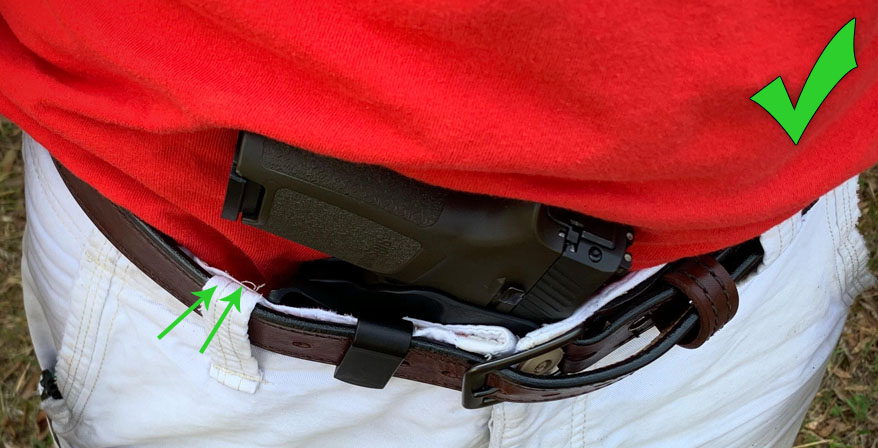
Note the green arrows, indicating the amount of grip space you have with a proper gun belt working with a grip concealment claw.The claw pushes the waistband out, pulling the grip in to create more space for your hand to get a grip. Should you ever need to draw in a hurry, a good gun belt won't prevent you from getting a firing grip when needed.
Issue #4 Illustrated: The Holstered gun moves around on the belt and rotates
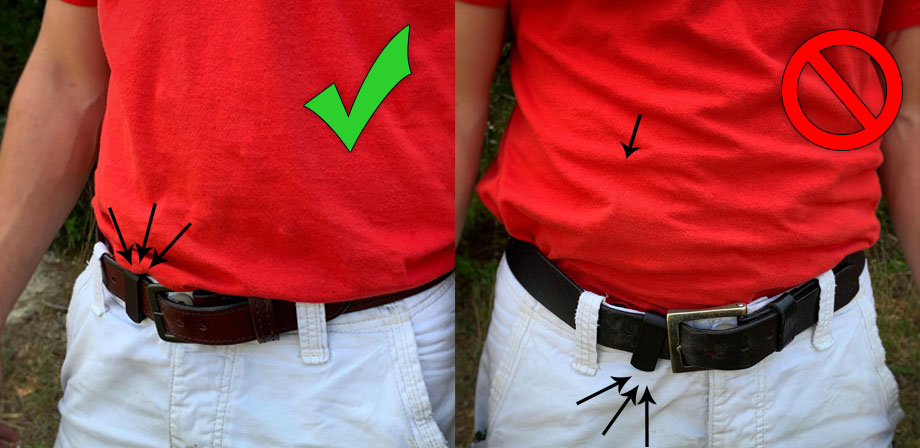
Our belt attachments work pretty darn good. The only time they don't is when a customer has a crazy thick dual layered belt reinforced with steel measuring over .35" in thickness, or when their belt is flimsy like the one in this blog post. If your belt doesn't fill out all of the empty space inside of the belt loop or belt clip- it's time for a better belt.
If you take a look at the picture above on the left, you'll see that the belt attachment is completely vertical, meaning that the belt is doing a great job of holding up the loaded firearm and keeping it close to the body.
The picture on the right certainly illustrates a problem that I see all too often: a saggy belt allowing the holster to shift around. The gun is now canted forward due to the belt, which creates an awkward slower draw.
Also notice the printing caused by a claw malfunction, which is directly related to the sloppiness of the belt. It may not be much, but after moving around a bit the gun could potentially shift further along the belt and become more noticeable.
So after reading this blog post and recognizing that you may need a better belt, you're probably wondering what the next step is. Here are some tips:
1. Determine the material of your ideal belt. This will help you narrow down your search before it even begins. Obviously if you wear any sort of business casual clothing or suit to work, you won't want to pick out a nylon tactical belt. That'll just draw attention to your waistband and blow the whole operation.
You'll want a leather or bullhide gun belt in this case. Checkout The Belt Man. He doesn't skimp on quality and durability, even if it's a fancy embossed or elephant skin gun belt. They hold their own with loaded full sized 1911's on the waistband.
If casual wear is more your style, go with nylon. It's less finicky, can be washed after getting muddy at the range and certainly holds up over time. For anything nylon I always go to Tacbelts. Handmade in the USA with no extra crap to weigh you down. The no-nonsense comfortable belt is low profile and comfortable for all day wear no matter how many times you bend, sit, lay prone, etc.
For belt width, I always recommend sticking with 1.5". If the belt will be used mainly for EDC and daily concealed carry, 1.5" is the easiest. It will fit in all of your belt loops and most holsters are made to fit that belt width. If you're looking to carry OWB concealed, you should be ok with 1.5", but 1.75" would give you a bit more strength to hold up a gun outside the waistband without the support that comes from carrying inside the pants.
For any additional questions, please reach out to us at support@daraholsters.com
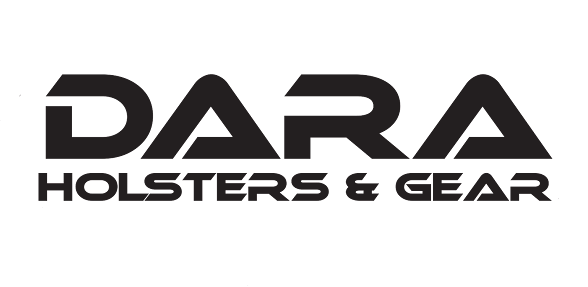
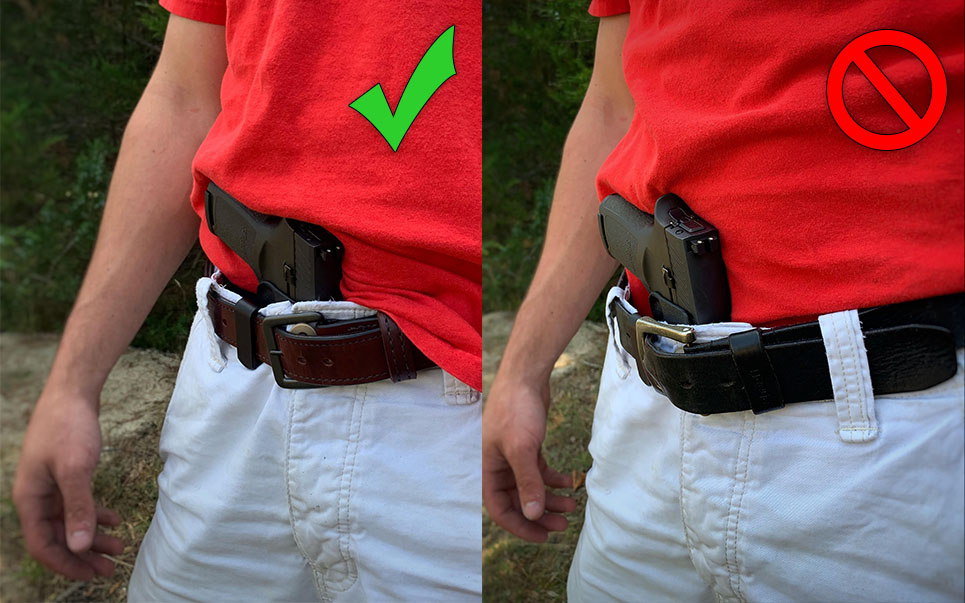
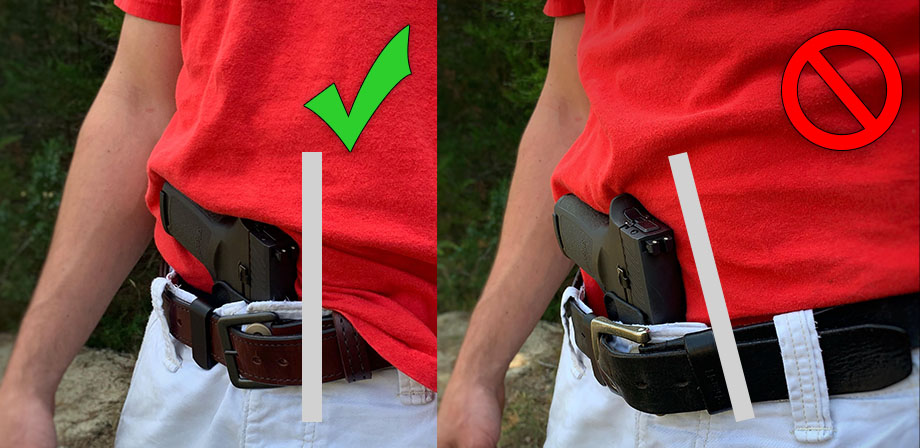
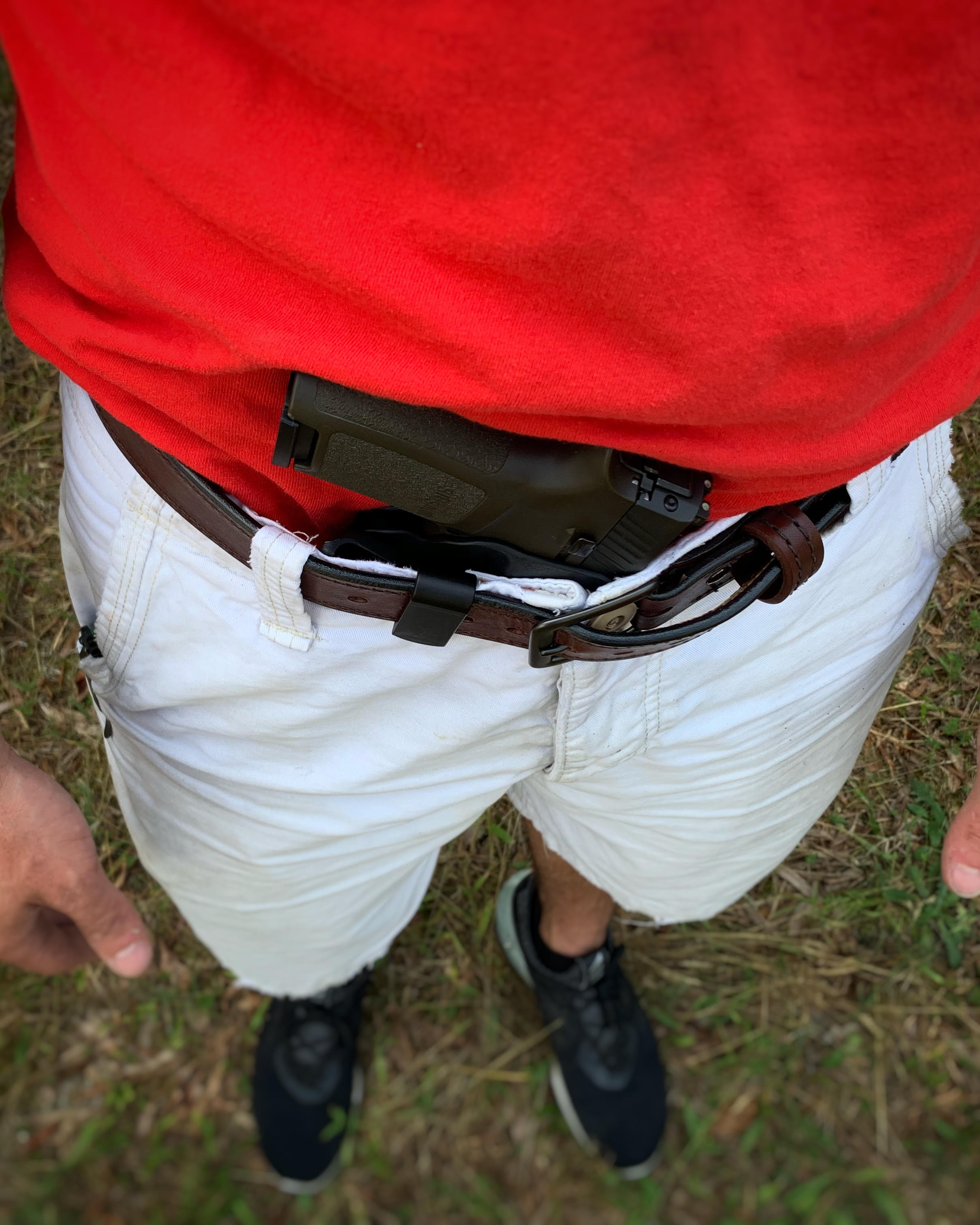
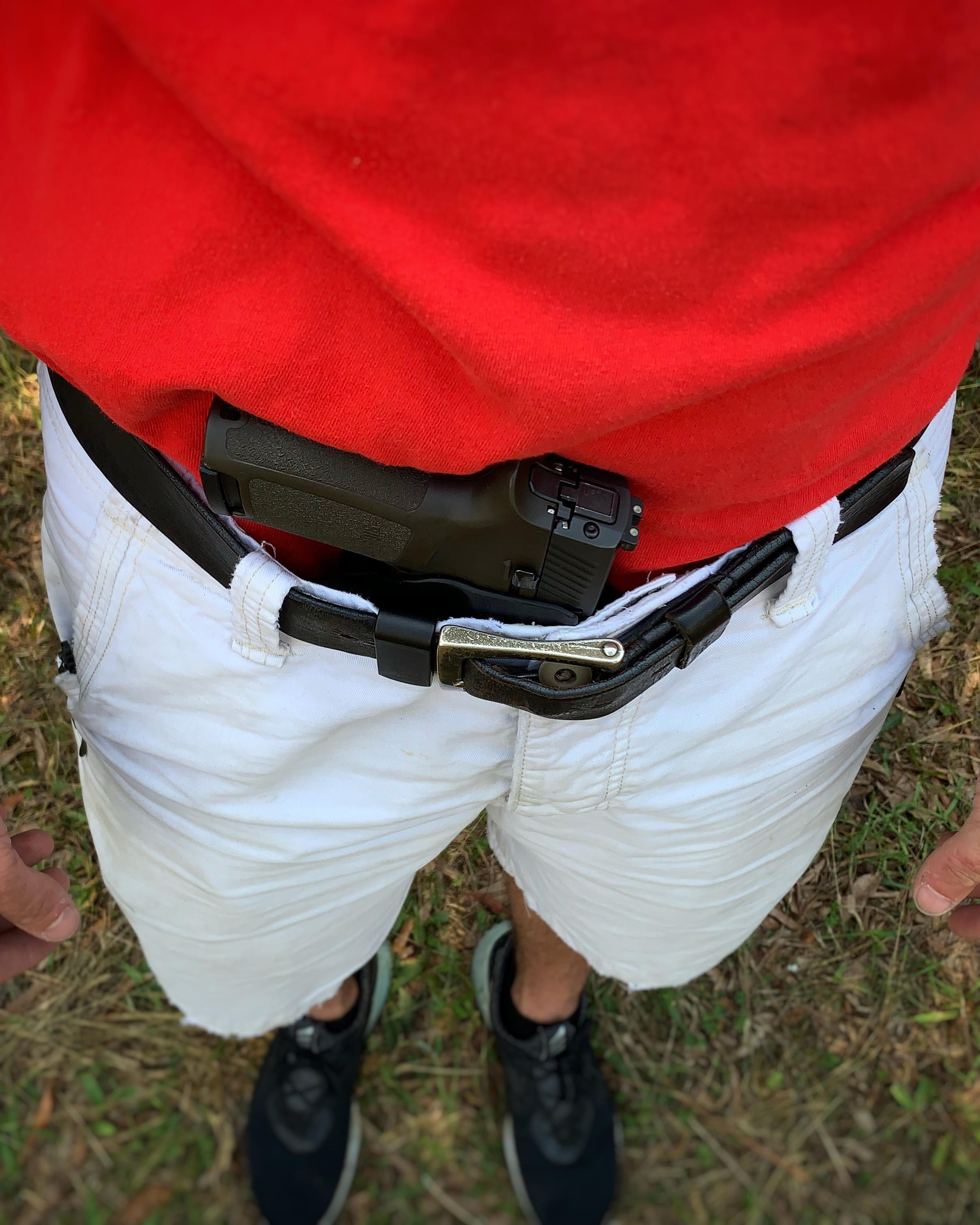



Comments
Post a Comment